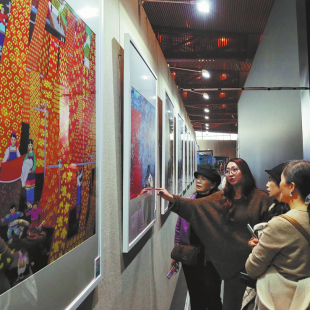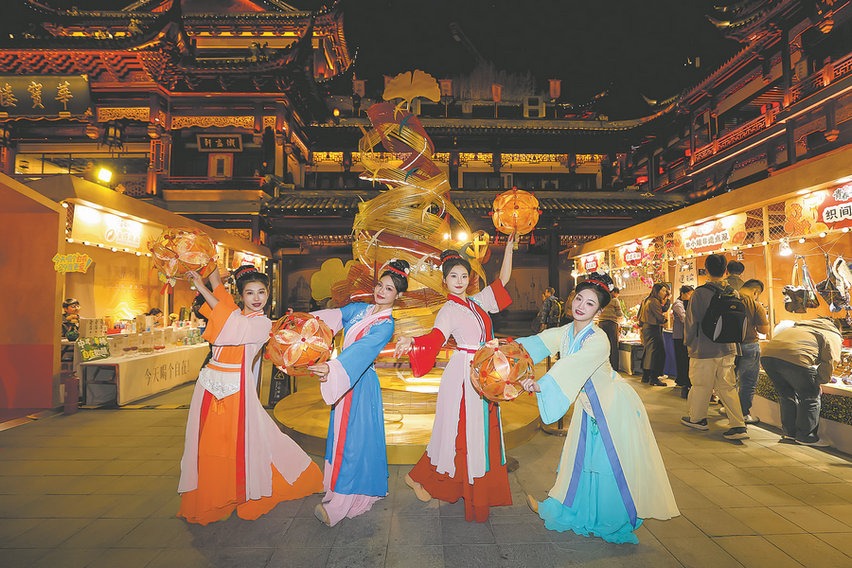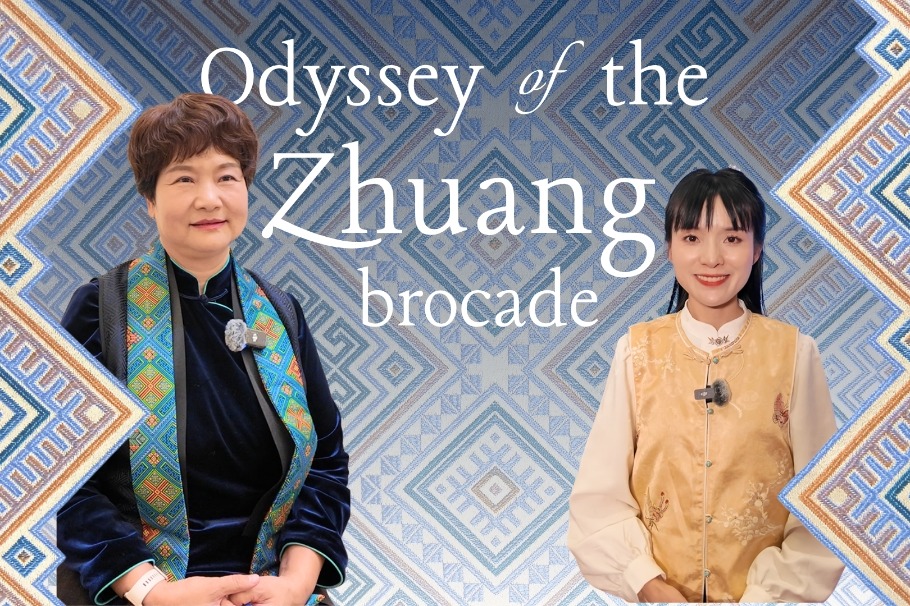Digitalization empowers China's cultural centers
Annual conference highlights the growing integration of technology into rural vitalization and how it boosts local learning and arts participation, Yang Feiyue reports.


Over two decades, services have evolved from simple digitalization to cloud-based access, and from online platforms to sophisticated hybrid models, Zhang emphasizes.
The exhibition was among the highlights of the 2025 China cultural centers' annual conference held in Beijing's Tongzhou district.
Hosted by the China Public Cultural Centers Association and the Tongzhou government, the two-day event gathered more than 2,500 experts, scholars, cultural center professionals, and industry representatives, with a focus on the high-quality development of cultural centers during the upcoming 15th Five-Year Plan (2026-30) period.
It showcased the joint efforts of Beijing, Tianjin, and Hebei, featured 14 thematic forums, nine major exhibitions, six public cultural performances, a procurement fair for public cultural products and services, and a resource-sharing program connecting national art troupes with grassroots communities.
Core topics covered the integration of AI into public arts education, the building of influential public cultural brands, the creation and dissemination of community-based artworks, and the strengthening of grassroots cultural talent.
Through keynote speeches, case demonstrations, and interactive exchanges, the conference showcased the latest achievements in the sector and explored new pathways for future development empowered by technology.
According to Jiao Yanjie, director of the information technology division at the National Center for Public Cultural Development under the Ministry of Culture and Tourism, this year marks a decade since the launch of the digital cultural centers initiative, introduced in 2015 to help local centers overcome staffing shortages and limited program capacity.
"Many cultural centers had only a handful of full-time art instructors, far fewer than the number of art categories they were expected to cover," Jiao says.
"Digital tools allowed us to expand coverage and enable more people to participate."
Livestreamed classes, online broadcasts of community performances, and hybrid programs have since become widely adopted.
Some virtual classes each attract over 100,000 viewers, far exceeding the few hundred seats available in most cultural center theaters, Jiao notes.
"The rise of online learning has also fueled the popularity of evening arts programs at many local cultural centers, which see registration slots snapped up within seconds," he says.
"Digitalization has significantly increased the cultural centers' participation and public recognition. As we enter the next stage, AI will play an even greater role in making arts education accessible to all," he adds.
Beyond digital innovation, provinces are also experimenting with new ways to bring culture directly into rural areas.




































